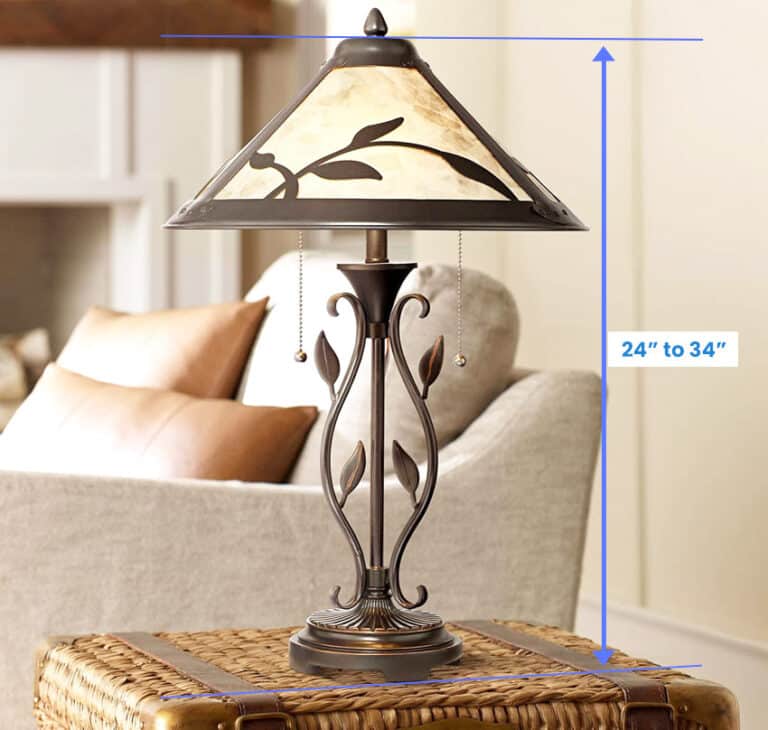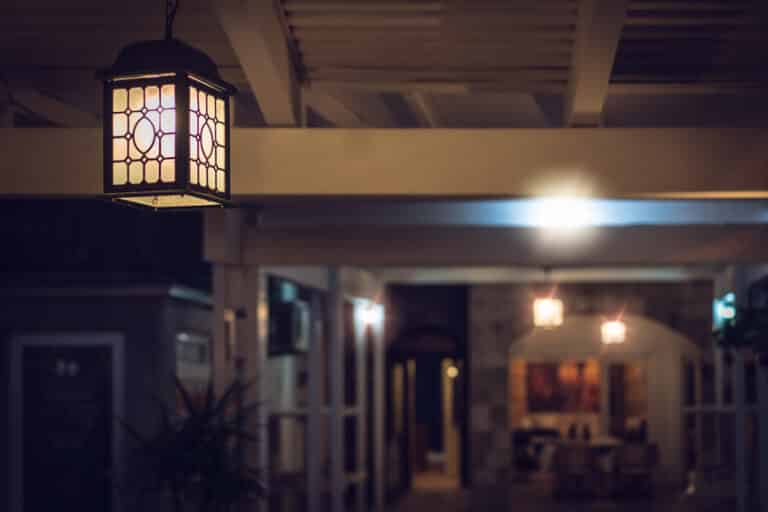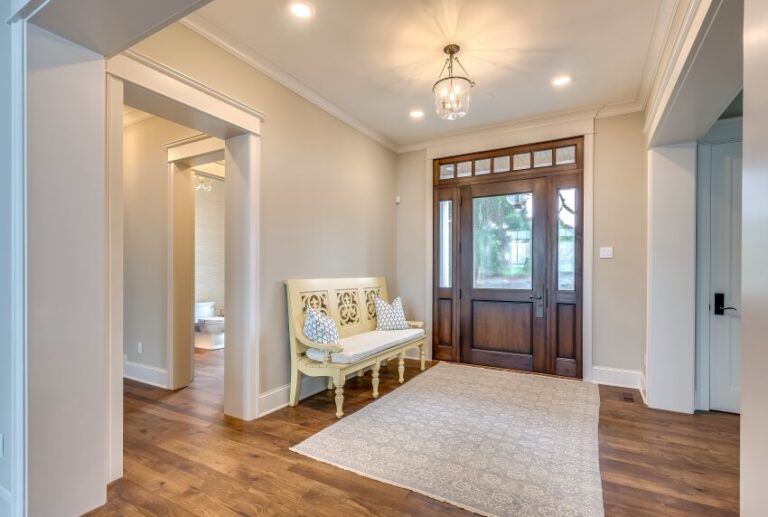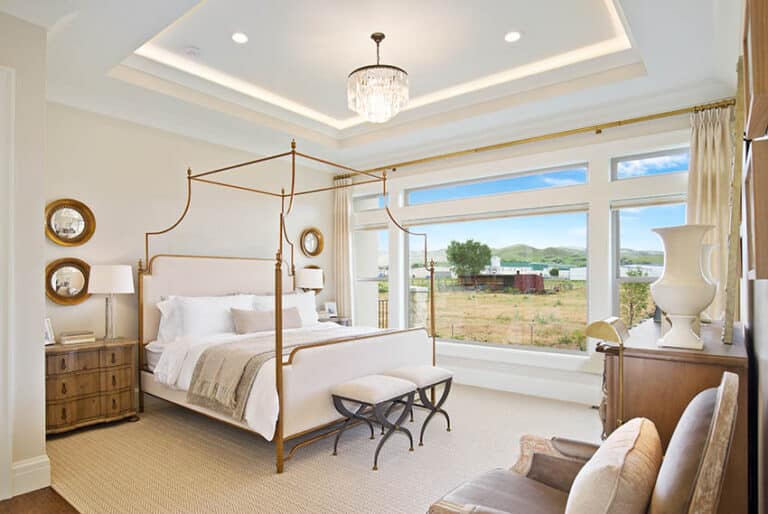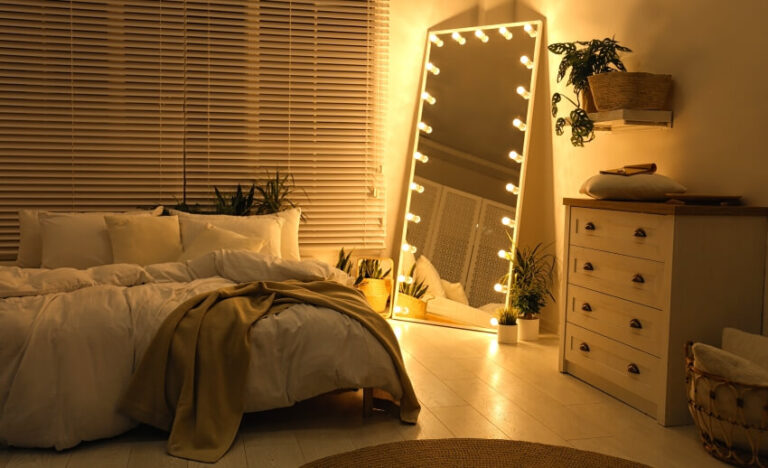43 Types of Lighting Fixtures (Design Guide)
Having the right types of lighting fixtures in your home can make a huge difference to how the space looks and feels. Lighting is crucial for a home to be inhabitable, and the style and fixtures you use are important to get the desired design style.
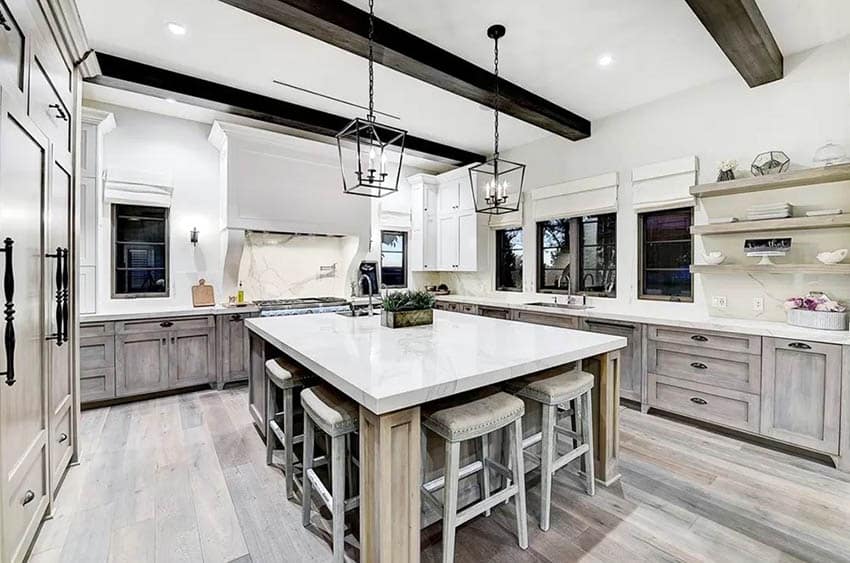
Before you blindly choose a fixture, it’s important to understand the type of light you need and your options.
The Three Primary Forms of Lighting
The first thing to know is that lighting isn’t a singular idea. Instead, it can be divided into three categories: ambient or general, accent, and task lighting.
Before we get into what types of light you can use for each category, it’s important to clarify what each of these types means. We’ll take a look at some of your options for lighting fixtures to fit these types later.
Ambient or General Lighting
Ambient lighting, also known as general lighting, is the lighting that is meant to light up an area in its entirety. This is probably the most common type of lighting when it comes to design.
Ambient lighting isn’t focused on ensuring you can do specific tasks, such as reading in your favorite chair. Rather, this type of lighting is used to ensure your room is well-lit enough to ensure you can generally see and safely navigate the rooms in your home.
One of the main goals of indoor ambient lighting is to utilize light that bounces off the walls to provide illumination.
This type of lighting is one of the main ways to set a tone for a room. If the general lighting is too bright, you might end up with a harsh environment. On the other hand, toned-down ambient lighting can create a cozy atmosphere but too dark if you aren’t careful.
The most common types of lighting fixtures used to create ambient light are recessed, pendants chandeliers, track and flush, and semi flush ceiling fixtures.
Outdoor ambient lighting is used for a few purposes. Aside from providing enough light to see when it’s dark out, ambient lighting might be used to provide security. Outdoor ambient lighting can include small lights such as a porch light, streetlight, or even something as large as stadium spotlights.
Accent Lighting
Accent lighting is used to draw the eye to a piece of design. Unlike general lighting, accent lighting focuses on the use of concentrated light to create contrast. Generally, accent lighting holds about three times the light of general lighting on a focal point.
In other words, accent lighting brightens up the focal point you want to draw attention to while casting shadows on dull areas. For example, think of the lighting on an art piece in a gallery.
Accent lighting is a great way to add a little flair to your decor. You can use it to draw attention to decor pieces you’re particularly proud of.
This can be a display you set up, art, specific furniture, pieces of architecture, or anything you love in or about your home. They can also illuminate tray ceilings or accent walls with dramatic effect.
Accent lighting is also sometimes used in exterior design as well. While general outdoor lighting would be used to light up a walkway, outdoor accent lighting would draw attention to a decor or landscape piece such as a plant or sculpture.
Examples of types of accent lighting are wall lights, sconces, torchère lamps, LED string lighting for accent ceilings and walls, track, focused recessed downlights and outdoor landscape lights. When it comes to accent lighting, it’s a great way to add an elegant or sophisticated touch to your home.
Task Lighting
Task lighting is exactly what it sounds like lighting that is meant to help you better see your task. A hood light over a stove, a desk lamp for working, focused lighting on a bathroom vanity, and a light beside a chair to read are all examples of task lighting.
Regarding intensity, task lighting should sit at a happy medium between ambient and accent lighting. You want your task lighting to be brighter than general lighting so that you can better see the task, but you don’t want a light harsh enough to cast the harsh shadows that accent lights use.
Much like accent lights, though, task lighting depends on contrast to be effective. If an entire room is bright and you turn on a desk lamp, that task light is less likely to be helpful and might even cause a glare. However, if a room in its entirety is dim, then a desk lamp will work well to offer you the bright area you need to work.
Task lighting is also meant to be relatively stimulating. Since it is concentrated on what you’re doing, it’s intended to help you focus on the task at hand. For instance, when you can see more detail, you will likely pay attention to it.
Task lighting isn’t often employed in outdoor settings, unlike accent and ambient lighting.
Different Types of Light Fixtures
When choosing a light fixture, your choices can seem overwhelmingly endless. You can narrow down this choice and choose the perfect light for you by understanding what each light fixture is and what type of lighting it provides.
Recessed Lighting
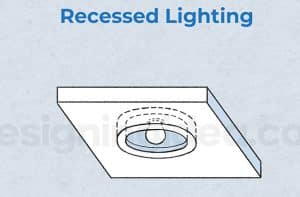
This can make these light fixtures a little more difficult to install than others. They require around 4 to 8 inches of space above the ceiling to house their mechanics.
These lighting fixtures are versatile as they can be used for ambient, accent, or task lighting, depending on where they’re installed.
They often make for a great ambient choice when installed directly into the ceiling. They can also be installed directly over desks or decor pieces to create task or accent lighting.
Pendant Lights
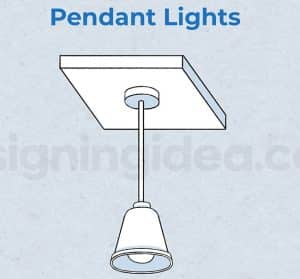
They typically draw their design style from their shade, providing a statement for your decor as they tend to draw the eye towards them.
Wondering why it is called a ‘pendant’? Well, it is because of its huge resemblance to a necklace pendant.
These lights can provide ambient or task lighting, depending on what type you use. Using inverted pendant lights can make them interesting ambient lights. On the other hand, pendant lights hanging lower over a table can provide task lighting.
Pendant lights differ from chandeliers. In what way?
Pendants only have one bulb built into the fixture. These chic lights are quite adaptable fixtures that may be utilized in many various locations of a house or business as they can be used for a wide assortment of lighting techniques! These usually include general lighting, area lighting, or task lighting.
Aside from that, pendant lights are not only aesthetically pleasing but are also a versatile option that can match any setting. The sufficient lighting amount they provide is very much ideal for brightening an island or workspace, which renders pendant lights an exceptional selection for kitchens.
Not only that! They can additionally be used to light gloomy hallways, emphasize paintings, or augment the porch ambiance.
Are there any additional benefits of pendant lights? These fixtures can also effectively throw some of the light up onto the ceiling, which helps bounce light back down.
What is the result? A balanced distribution of illumination across the space. By doing this technique, further enhanced lighting is achieved since the edges and corners of the space are also illuminated.
A drum pendant light has a ring-shaped design that surrounds the bulb. This typically acts as a diffuser to tone down the glare and intensity of the light.
A tub with bathroom pendant lights are used to achieve a contemporary or modern design and are not often used for a traditional style home.
 Inverted Pendant Lights
Inverted Pendant Lights
With a traditional pendant light, the shade of the light hangs down over the bulb. An inverted pendant light, alternatively, uses a shade that comes up over the light.
Inverted pendants direct the light upwards towards the ceiling. Pendant lights in general help make the room appear higher and are often used about a dining table or for a home’s entryway.
Standard pendant lights are better suited to task lighting while inverted pendant lights are the choice for ambient lighting with a pendant fixture.
Mini Pendants
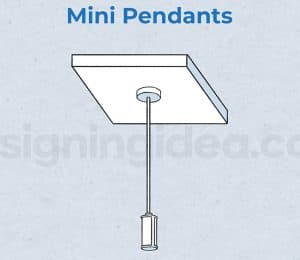
Depending on how you intend to use it, mini pendant lights can either provide task, ambient, or accent lighting.
How versatile! And yes, mini pendants are a subtler alternative to regular pendants. If you want the style of regular pendants but want to keep things minimalist, this would be a great option.
As you can see, among the most useful benefits of mini pendants is their versatility in light arrangement. Well, a single mini pendant may not be enough to illuminate a room, but if you are going to group multiple mini pendants, you will see a fashionable and efficient lighting solution – a lighting arrangement that piques everyone’s interest!
Another perk is that a collection of small pendants can supply a broad range of creative arranging techniques!
Homeowners love using these fixtures. Why? That’s because they are free to mix and match various styles as well as colors. Multiple mini pendants in a varied length and position can also be executed to make an eye-pleasing display.
How many mini pendants should you install? It depends on the size and design of the space. For instance, a compact kitchen may only need one single mini pendant just above the kitchen island or dining table just to supply sufficient task light. But if the space is much larger, 5-10 mini pendants must do the job well.
A single mini pendant may ideally provide around 300K to 400K; enough for adequate task lighting. You may use mini pendants for ambient lighting, but you have to install multiple of them and make sure to hang them at a height that will give enough diffused brightness.
Flush Lights
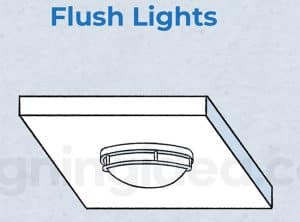
The variant of these that offers a gap are also known as semi-flush lights. Even with semi-flush designs, the gap between the ceiling and the fixture is small – usually a few inches.
These fixtures offer ambient light rather than a focused task or accent illimination. They are often used in areas such as hallways and kitchens. The lights may use one or multiple bulbs, and the more they use, the brighter it will be.
Chandeliers
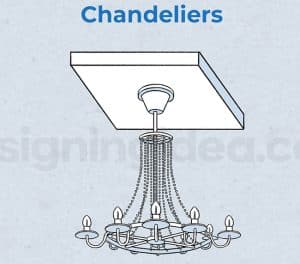
Even the most basic chandeliers offer a fancier feel than a ceiling fan or recessed light. These models are designed to be a focal point themselves and draw attention to them.
Since chandeliers steal the show themselves and don’t offer focused light, they aren’t a great choice for accent illumination. They also don’t provide enough focus to provide task lighting. Chandeliers are reserved for ambient light.
A very common choice for chandeliers is to use them over a dining room table. You’ll want to be sure to find a chandelier that fits your decor.
As already noted, the chandelier should be the focal point, so the room’s decor should complement it. The best dining room lighting fixtures include chandeliers, semi and flush mount lights, pendants, and sconces.
This kitchen has a globe chandelier above its island that provides a contemporary design style.
A living room chandelier can act as a central focal point in which you can frame the furniture around within the space
Linear Light
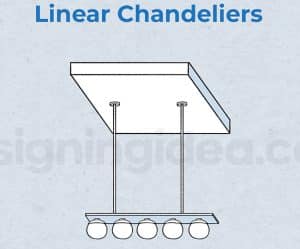
A linear chandelier is another way to bring a contemporary feel to a space. These can be used effectively in bedrooms and above kitchen islands with great results.
If a stylish and bright ambiance is what you are looking for, you will surely appreciate the extensive optics that are present in linear fixtures as they diffuse abundant illumination over a particular area.
Adding another dimension, linear lights are sure to suit any interior design scheme since they are obtainable in a wide spectrum of design styles. When it comes to their brightness, linear lights often use 200 to 300 lumens per linear foot.
If your main goal is to generate uniquely arranged light effects, compact-sized versions of linear fixtures may be a good option.
These fixtures are also prevalent among homes and facilities with contemporary, modern, and minimalist themes due to the sleek design of linear lights.
Ceiling Mounted Fixture

Since we’ve covered these, we will take this section to look at one of the most popular choices of ceiling-mounted fixtures: ceiling fans.
Ceiling fans use a central light shaded in some fashion to provide ambient light to the room. In addition, this fixture is surrounded by fan blades that can be turned on at varying speeds to cool the room down.
This dual usage makes ceiling fans a good choice for homeowners looking for light and comfort. We’ll take a closer look into the details of choosing and buying a ceiling fan in a bit. See more types of ceiling lights on this page.
Downlights and Spotlights
When talking about pendant lights, we discussed uplights and downlights. These terms have to do with how the light is directed.
With a downlight, the shade comes down around the bulb to direct the light below the bulb. With an uplight, the shade starts below the bulb and surrounds it to direct the light upward.
Spotlights use these directive styles to offer concentrated light straight onto an object or area. This often has the effect of a bright focal area with deep shadows around the area the spotlight is focused on.
As this definition suggests, spotlights are best used for the most common form of obvious accent lights. They are more often than not pointed directly at a point of focus to draw attention to it.
Downlights
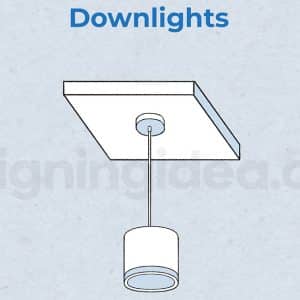
Downlights are praised for their functionality in workspaces or other areas where certain tasks like reading, working, cooking, must be completed.
Can downlights be used for outdoors? Yes! According to designers, they are a brilliant option for walkway illumination as they produce a warm and safe glow during nighttime, where it is otherwise lacking.
If you are unable to picture downlights in your mind, you can easily think of barn lights, gooseneck, table lamps, and pendant lights – they are the classic examples of downlights. Indeed, downlights are quite versatile and practical solutions that may be employed in a range of settings, from residences to businesses.
If you need lights that necessitate a specific function, such as helping you read, cook, or walk outside your house during nighttime, downlights can do the trick!
Spotlights
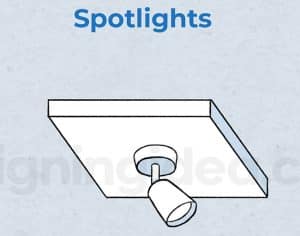
Do not ever point it to your eye as a spotlight’s light beam has a definite and solid volume that may hurt the eye!
Spotlights are quite strong as they are generally equipped with an extremely powerful light source. However, it can be manually adjusted to customize the light’s brightness.
Moreover, spotlights are often seen on theatrical plays, musical concerts, festivals, and any performance or activity that necessitates powerful illumination.
If you’re going to visit museums or art galleries, you will likely see spotlights too as they are also efficient in terms of highlighting masterpieces.
Under Cabinet Lights
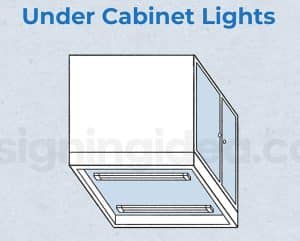
To not take up cabinet space and offer ease, these lights are sometimes attached with adhesive rather than traditionally installed.
These lights are used pretty much exclusively for task illumination. This is because they offer direct, concentrated light to the counter space below the cabinet, giving you the light you need for jobs such as preparing food.
Under-cabinet lights can also be used for the insides of glass cabinets to create an interesting focal point and showcase your decor items.
 Kitchen Island Lighting
Kitchen Island Lighting
Regarding needing light for cooking and preparing food, having ample illumination over a kitchen island is important.
Under counter light isn’t always an option for kitchen islands because they usually don’t feature cabinet space.
Kitchen islands also don’t benefit the most from ambient light, like those found in high ceiling fixtures. Rather, kitchen islands need task illumination for work.
Pendant light fixtures positioned directly above the island are a great option for kitchen island lighting. Depending on the size of the island, a single or multiple pendant light fixtures may be used.
While pendants are the most popular, any ceiling mounted fixtures such as track lights will do the trick.
 Track Lights
Track Lights
Track lights get their name from their installation on a linear track. These designs can usually be slid along the track to allow light to be aimed in different directions.
The tracks also typically feature several heads on a single track.
Because these heads can usually be moved along the track and pointed in different directions, these are often used as task and accent illumination.
They also offer a lot of concentrated light, which also lends these types to accent and task lighting.
To be used as accent lights, these can be installed around the piece you want to draw attention to. Installing them over a work area allows you to use a set of track lights as task illumination.
Wall Sconces, Cove Lighting, and Wall Mounted Lights
A few types work as wall mounted lights. Two of the most common choices are wall sconces and cove designs.
Wall sconces are considered rather decorative among fixtures. This is because rather than being installed high up, they are typically installed at eye level.
As such, they are typically dim so as not to hurt the eyes that they are level with. So, while they can be used as ambient lights, they aren’t often used alone. Wall sconces can be either uplights or downlights. As downlights, they are often used for task illumination.
Cove lights aretypically mounted higher than wall sconces on the upper or ceiling walls. These uplights are considered a rather elegant choice for ambient illumination. These lights are installed as a strip along a cove that a room naturally has.
Wall Sconces
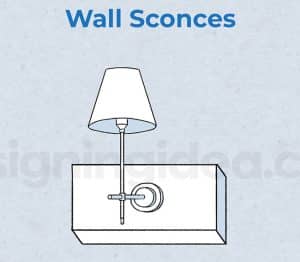
Wall sconces have so many uses! These classic fixtures can be used in a vast array of locations such as hallways, reading nooks, bedrooms, entrance halls, and bathrooms.
However, the vast majority of wall sconces do not need to be overly bright as their function is to give just a perfectly soft amount of light. Even so, you may see brighter versions of wall sconces with bulbs. They can be mounted within the bathroom if you need additional light for grooming.
Moreover, wall sconces can either be made out of glass, metal and even wood. You can use different types of bulbs, but LED bulbs are often the finest option!
What’s great about wall sconces is that they use brightness outputs of around 400 to 600 lumens for every fixture. This implies you can also use them both indoors and outdoors. Homeowners are able to use them to brighten their corridors, staircase area, gardens, patios, pathways, etc.
Cove Lighting
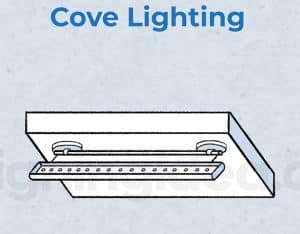
Due to its capacity to give a gentle glow, it can help homeowners attain an invigorating environment that is fantastic for relaxing or just enjoying the vista.
The versatility of cove lights is what distinguishes it from regular fixtures. Any home space, such as the bedroom, kitchen, and even outdoors, can be installed with cove fixtures.
Its gentle, indirect light is extremely ideal for accentuating intricate and artistic details, showcasing artwork, or simply generating a comfortable setting.
If you wish to add dimension to your compact room, that’s where cove designs plays its role. This fixture has the potential to make a small room feel more spacious and open since it plays well with light and shadows.
If you wish to draw attention to a specific element within your space, you can also use cove designs, whether a painting or fireplace.
Wall Mounted Lights
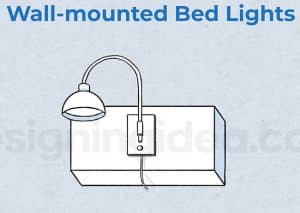
As the name indicates, wall-mounted lights are attached to the wall and can be used as accent, task, or ambient light. These lights can match almost any design style as they are available in a wide range of styles, from modern and minimalist to elaborate and decorative.
What’s the most important benefit of wall-mounted lights? Well, they are ultimate space-savers; they greatly free up valuable floor and table space.
We usually value floor or table space and use it for other, more important matters, so we tend to appreciate wall-mounted lights that give us so much space. Moreover, these lights add height to a room by attracting the eye higher, making it seem more expansive!
Workers, artists, and chefs love wall-mounted lights as they direct light where it is most required. You can use them to give focused light on a particular activity such as writing or cooking, and they can also be used to spotlight artworks or any masterpiece. If you are an avid fan of layering, know that you can achieve it as well with wall-mounted lights.
 LED Lighting
LED Lighting
LED lighting is often used because it is more environmentally friendly than traditional incandescent light.
There are a few different ways it can be used other than simply in the form of LED light bulbs.
LED lights are often used in cove ceiling features. These LEDs, whether they be standard or hued, illuminate up onto the ceiling, which reflects the light into the room.
These lights are not uncommon to be uniquely colored for a custom appearance.
While this type is ambient light, LEDs can be implemented in almost any fixture, making this type rather versatile when looking for ambient, accent, or task lights.
Wall Grazers and Wall Washers
We’ve already looked at some fixtures that operate by directing light towards the ceiling for it to reflect off of it to offer ambient light to the rest of the room. Wall washers or wall grazers use the same approach but rather than reflecting off of a ceiling, they “wash” the wall in ambient light.
These lights can be recessed or fixtures that protrude slightly outwards. Oftentimes, they are either mounted to the wall itself or near the edge of a ceiling to direct light to the wall below.
Wall Wash

The wall-wash effect is usually achieved by placing the light fixtures away from your walls and starting to aim the light at the surface of your walls.
The result of this technique is that the light gets bounced and diffused all throughout the interior space to deliver an evenly distributed illumination. However, wall washing can also be utilized to draw attention to certain architectural elements or to boost the warmth of your room.
Just in case you are having a hard time imagining what wall-washing fixtures are, you may think of recessed lights, surface-mounted lights, and track lights as they are commonly used to do the wall-washing technique. Although any type of bulb can be used for this, we normally advise using LED lights.
Swing Arm

This allows users to pull the light out or over where they need it to go. Some swing arms offer multiple hinges on its arm to offer more flexibility.
Since these are easily directed lights and offer plenty of direct light, they are almost always used as task lights. Swing arms attached above the bed are useful as a reading light.
They are particularly convenient options for a home office or study because they can be turned on and positioned where they need to go when needed and when they aren’t, they can be both turned off and easily pushed out of the way.
Desk and Table Lamps
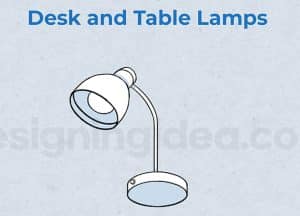
These are popular as task lights because they can be easily positioned. Their heads and arms are adjustable; you can move it freely to supply lighting to your preferred direction.
Unlike a variety of other light fixtures, these need only to be plugged in rather than installed, making them easy to set up on a desk or side table. They are also compact, making them easy to transport from one room to another. They also illuminate directly, giving users the light they need to read, write, and work.
These lights cast a downward, general glow. Because of this, they aren’t generally used as ambient lights. These are also very visible as opposed to fixtures such as recessed lights. As such, they are often chosen based on their design and purpose.
Torchiere Lamps
Torchiere lamps are bowl-like lampshades that are meant to focus the lighting upward, much like a candle. These lamps are often seen in both ancient- or minimalist-style homes as their appearance is both minimalist yet classic.
Buffet Lamps
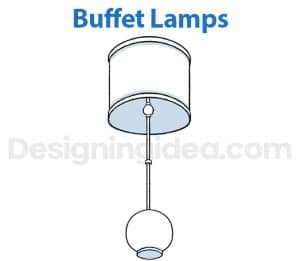
The illumination they normally cast is quite bright, usually around 300 to 500 lumens.
This type of lamp generally stands about 32 inches to 36 inches high on a table.
Ceiling Fan Light
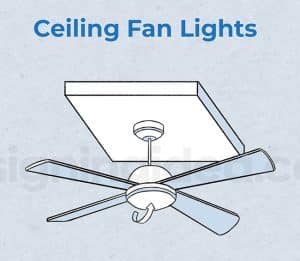
Indeed, ceiling fan lights are quite cost-effective and energy-efficient; their versatility is what sets them apart as they amalgamate the use of lights and fans.
For better energy efficiency, you can use a LED ceiling fan that can save you substantially more than traditional fixtures.
Vanity Lights
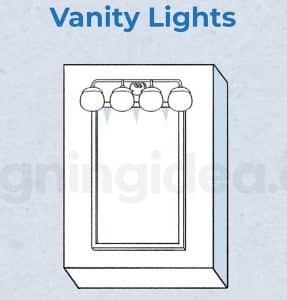
As the name states, vanity lights are meant to be placed above the bathroom vanity or sink. These lights will act as a functional light source to help you with your daily bathroom routine such as grooming or putting on makeup.
To give consistent and evenly distributed illumination and prevent shadows, designers usually recommend installing vanity lights on the wall above the sink or on both sides of the mirror.
Putting on makeup, shaving, and brushing teeth all necessitate precision and accuracy. So how can you accomplish them quite effectively?
Through the use of vanity lights, of course! These helpful light fixtures provide focused, bright lighting that’s around 400 to 800 lumens that makes these tasks simpler and more achievable.
Vanity lights are not just functional but they also bring style and warmth to your bathroom. You can coordinate them with some of your other bathroom fixtures and decor items to further enhance the general aesthetic of the space.
Vanity lights usually come in a range of shapes – from antique sconces to cutting-edge LED strips.
Mirror Lighting
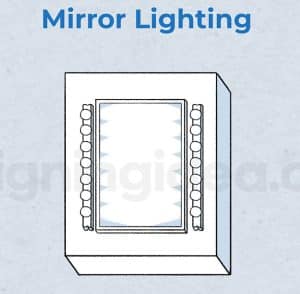
The brightness of these unique lights fills the room with a welcoming vibe, which renders it a perfect spot to start your day and indulge in your preferred skincare routine.
500 to 700 lumens are most likely the required brightness output amount for every mirror light.
Makeup Mirror Lights
As the name itself tries to imply, makeup mirror lights are specifically intended to supply additional light to those applying makeup.
The primary benefit of these lights is that they replicate natural sunshine that give bright illumination, resulting in easy and faultless makeup application.
Floor Lamps
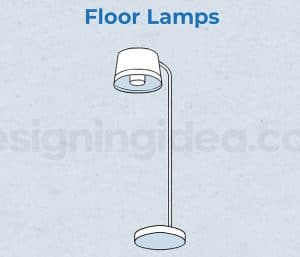
Floor lamps are tall lamps reminiscent of their table lamp cousins but don’t need the dedicated space of a table to offer extra light. They are easy to tuck into a corner or behind furniture to add extra light to a room.
A lamp greatly enhances the mood of a certain spot. Its ideal position can be beside the sofa, beside an armchair near a bookcase, or any place where human traffic is absent. They are common in nooks and corners of a space, and their main purpose is to give maximum general lighting.
Floor lamps also have large, heavy bases, so you don’t have to worry about these lamps being easily knocked over. This makes these a still viable choice for families with pets and children.
These types of lamp fixtures add a good deal of light to the home. Since it isn’t focused or directed, it usually isn’t used as task, or accent, but as ambient light. For large rooms, it might be used with additional floor lamps or other types of ambient light.
Picture Lighting
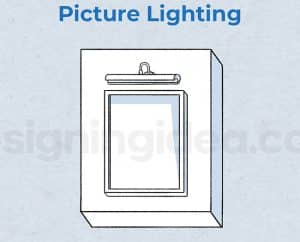
Usually, this fixture is customized and is installed either below or above a piece of artwork. Most of the time, they are found in vintage brass framing or structure, and nowadays, most picture lights use LED lights that are either plug-in or hardwired.
You must take into account the style as well as the size of the painting or picture that you are aiming to illuminate when choosing this style.
For instance, a bigger piece of art should have a bigger picture light with a lumen amount of 400 lumens, and vice versa. Plus, consider the light temperature of the fixture as it will greatly impact the appearance of your artwork.
Utility Lighting
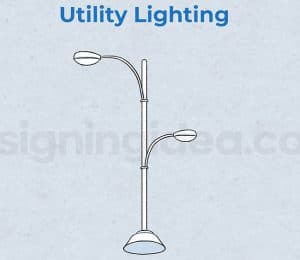
Some fixtures we’ve looked at such as under cabinet or swing arm light fixtures can be considered utility illumination. Outside the home, examples of utility lights include paths or street lights.
These lights don’t prioritize appearance but rather the job they do. Because of this, they can be very simple, or a single recessed bulb can even be utilized. They often include adjustable features such as tilt, readjusting, or otherwise directing the light onto the job at hand.
Naturally, you can find utility light that are beautifully designed, but that design utilizes purpose. You won’t find them as decorative lights without features such as mobility and direction as you might find with ambient lighting.
Emergency Lights
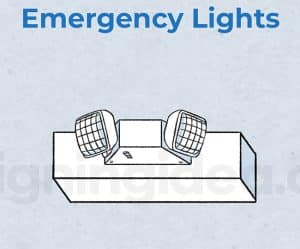
If your neighborhood is prone to power outages, then you have to install emergency lights immediately.
These light fixtures are generally battery-powered; they do not rely on electricity. In fact, these light fixtures are mandatory in businesses and in certain residences.
Landscape Lighting
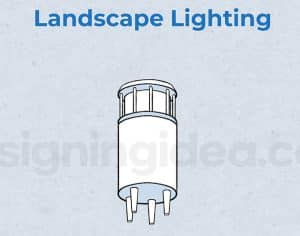
Ambient light might be used to light walkways or doorways while accent light can draw attention to architectural or landscaping pieces.
First, let’s look at ambient light. When illuminating a deck or porch, the light fixture is typically positioned high up either on the ceiling when one is present or installed near the top of the door. Lower lights typically cast light near the ground on walkways.
Accent lightmight come from spotlights or even the same type of lights you are used to seeing near a walkway.
Lower lights can draw the eye to, for example, a pond in the yard. Wall mounted lights similar to porch lights can be used around the house to draw attention to specific architectural features.
It’s rather common for landscape lighting to be solar-powered. They gather light from the sun during the day to offer an energy-efficient glow when needed at night.
 Outdoor Lanterns
Outdoor Lanterns
Outdoor lanterns are indeed a necessary component of any garden space to illuminate walkways or to highlight your beloved plants.
Since these fixtures are meant to be placed outdoors, they are usually built of weatherproof materials and have LED lights for energy efficiency.
As we know, these fixtures may hang from a tree, set on a table, or installed on a wall.
 Post Lights
Post Lights
Are you looking for a go-to solution for illuminating your lawn or highlighting your landscape after the sun goes down?
Well, post lights not only complement the appearance of your home, but they also act as an effective criminal deterrent.
You can find post lights that use a variety of features – they may use photocell or solar technology.
 Flood Lights
Flood Lights
Another type that should not be in contact with your eyes! Floodlights are high-intensity artificial lights with a very broad light beam.
What’s their main purpose? Well, floodlights are widely used to illuminate vast outdoor areas, including sports fields.
Even when light is low in a particular area, floodlights provide an extra bright environment. If you are going to visit concerts or plays, you will notice how prevalent floodlights are.
 Security Lights
Security Lights
Security lights are intended to prevent and detect unauthorized activities on a particular property or facility.
If your residence or business is prone to burglars or intruders, installing security lights would dissuade them.
Security lights may be seen as flood or spotlights as they possess powerful light sources that may scare intruders away. And normally, they are motion-activated.
 String Lights
String Lights
String lights are often seen outdoors or indoors, particularly during holidays like Christmas.
They are small, ornamental, and stylish lights that catch every person’s attention.
These lights are historically used during festive activities, but nowadays, many homeowners opt to use them to adorn their living rooms, bedrooms, or even hallways.
Types of Materials Used for Interior Lighting
There are a variety of materials that can be used to create a light fixture. The three most often used are glass, fabric, and metal. Once again, before you decide what’s best for your home, it’s a good idea to familiarize yourself with all your choices.
 Glass Lighting
Glass Lighting
Glass fixtures are a popular choice for manufacturers because they offer both beauty and good light diffusion. As a material, glass is very versatile when it comes to design.
Anything from different colors to different shapes can make a glass light fixture one of a kind. Pendant, recessed, flush, and semi-flush fixtures are often glass.
 Fabric Fixtures
Fabric Fixtures
Fabric fixtures use a fabric shade to control the intensity of a light’s glow. Almost any light can be used as a fabric fixture. Pendant, flush, and semi-flush fixtures, as well as table and floor lamps, utilize fabric frequently.
Because they tone down a light’s intensity to a calmer level, fabric fixtures are popular in bedrooms. This intensity can be changed depending on what fabric is used and the color of that fabric.
 Metal
Metal
Metal light fixtures are often used in modern design and are even used in vintage-inspired fixtures.
These fixtures offer unique shapes, usually in geometric forms, when used as more decorative statements. You can see them used in track lights as well.
They can be in the form of a pendant, drum, or linear light.
Lighting Accessories
Along with your light fixtures, there are a number of accessories you can use to determine the type, and the intensity, and even accessories to offer dual usage, such as the aforementioned ceiling fans.
 Dimmers
Dimmers
Light is something that, as we’ve covered, can set the atmosphere of a room. However, homeowners often don’t want the same mood for a room whenever they occupy it. Sometimes, they might want a bright room, while others want a more calmly lit room to relax in.
This is where dimmers come in. Dimmers can be installed to allow you to control the intensity of the light in a room.
The cost of dimmers can vary. They can cost around $13 to $40 per unit, depending on factors such as the quality and manufacturer you choose.
Installation costs are within a range of approximately $58 to $135. This depends on the difficulty of the installation and the cleaning and touch-ups needed once the installation is done.
Ceiling Fans
We touched on ceiling fans earlier when we discussed ceiling mounted light fixtures. Here, we will take a look at some aspects of choosing the right ceiling fan.
As for size, the width of your ceiling fan will depend on the length of the longest wall in your room. If the longest wall is less than 12 feet, you’ll want a ceiling fan of 36 inches or less. For 12 to 15 feet, 40 to 48 inches and for 15 feet or more, 52 inches or more.
For downrod length, this will depend on your ceiling height. The following measurements will show the appropriate ceiling height to downrod length measurements.
● 10 feet; 12 inches
● 11 feet; 18 inches
● 12 feet; 24 inches
● 13 feet; 36 inches
● 14 feet; 48 inches
● 15 feet; 60 inches
● 16 feet; 72 inches
Choosing the Right Light
When it comes down to choosing the right light fixture, the choices can seem a little intimidating. However, there are a few factors to consider.
First, you’ll want to determine what type of lighting – ambient, accent, or task – you are looking for. Different light fixtures offer different levels of illumination. We’ll take a closer look at specific fixtures in a minute.
You’ll also want to consider the design. A big draw of all your choices is that you can find one that perfectly matches your home decor. The best way to go about this is to decide the type of fixture you want (i.e., a chandelier or pendants) and then look into the different styles available.
Indirect Vs Direct Lighting
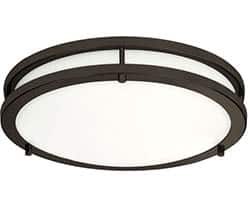
One of the main goals of indirect light is to get rid of unsightly and harsh shadows and henceforth give a very gentle glow. Indeed, this type is customarily used for ambient lighting, which is common in living rooms or bedrooms.
Talking about the brightness, a standard-sized bedroom may necessitate about 2000 lumens to 3000 lumens. A kitchen, however, may need about 5000 lumens to 7000 lumens to provide a more-than-sufficient illumination for the meal-prepping chores and the like.
Aside from that, you can maximize the use of indirect illumination by simply bouncing light throughout the space. You can effortlessly do the trick by installing reflective surfaces or making use of light-colored walls.
Another reason why interior designers that love minimalist design use indirect lighting is because it can be hidden. It renders it a fantastic selection for architectural lights within a minimalist interior design.
Now, let us talk about the other type – direct light. Direct lighting is merely focused on a single spot. It is often used in task-oriented lamps or spotlights. Hence, it is a lot brighter and more focused, which makes it ideal for illuminating a specific object or area. Quite different from indirect!
Direct lighting is normally used for daily activities, which include cooking, studying, or working. Interestingly, it can also produce a vast array of shade and shadow angles.
Just in case you are not able to picture what direct lighting is, just think of spotlights, track, pendant, recessed, and floodlights – that’s what they are!
In addition, in terms of positioning, direct is either near or above the area where a certain task occurs. As an example, direct lights could be positioned above a stove or sink.
What about the positioning of indirect lighting? Well, they may cast light either against or upward a wall; their goal is to provide diffused illumination.
To sum it up, indirect distributes light more evenly. Thus, many homeowners use it for their living spaces as it produces an inviting ambiance with no glaring contrasts. It is used for general illumination in home settings since numerous users believe that it is less tiring on the eyes.
Indirect is also very useful for providing background lighting or emphasizing specific aspects. And yes, it does not cast those unsightly and harsh shadows that many people dislike so much.
Direct light, on the contrary, is especially useful for spotlighting certain areas or objects, thus making it attractive to homeowners who require focused illumination.
Artists and art enthusiasts alike love using it as it can provide interest in a work of art by accentuating certain elements. Indeed, it is also more energy-efficient than indirect lighting since it merely uses less energy to illuminate a given area.
Uplight Vs Downlight Chandelier
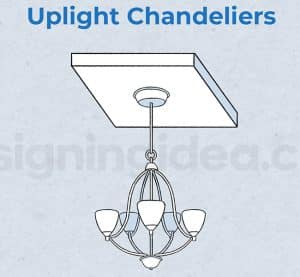
As the name tries to imply, the illumination is directed upwards by uplight chandeliers. This leads to creating a gentle atmosphere within the room.
Larger spaces with high ceilings are the best placement option for uplight chandeliers since they raise the ceiling while also accentuating the gorgeous architectural features or interior design aspects.
Aside from that, uplighting can be utilized to deliver much-needed ambient light in a room. Usually, there are uplight chandeliers that use a wide beam spread, and many homeowners with enormous houses like using them as they can illuminate a massive space without producing unpleasant glare.
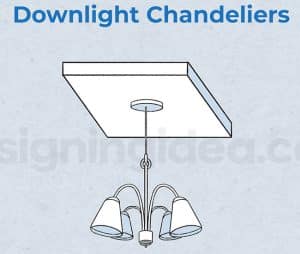
The kitchen and particular workspaces with high ceilings are some of the usual spots of downlight chandeliers. Plus, they assist in making a welcoming and safe environment in outdoor locations such as pathways and steps.
However, did you know that combining uplight and downlight chandeliers can result in a stunning layering effect that combines the very best of both worlds? It’s not bad to try it!
Even so, when using these lights together, you must be aware of potential shadowing effects. To avoid that, you may try consulting a lighting specialist.
Types of Light Bulbs
There are a variety of types of light bulbs you can choose from. While many types of fixtures call for bulbs of different shapes and wattage, we are going to look at some of the most basic options here. As far as wattage goes, it’s imperative that you use the bulb wattage that your fixture calls for.
Incandescent light bulbs are thought of as the most “traditional” option. These are the least expensive options and offer a warm glow to compliment skin tones. They aren’t the most energy-efficient option, but they will last around 700 to 1,000 hours.
Halogen bulbs are a type of incandescent bulb and offer “white light,” which is much like daylight. They are slightly more energy efficient, a little more expensive, and burn hotter.
Don’t handle these with your bare hands because the residue from your hands will cause the bulb to heat up too fast and burst. These are commonly used with under cabinet, pendants, and recessed light fixtures.
LED lights are fairly expensive, but they are very energy efficient and they’ll last a long time. They’re rather bright but can be dimmed with shades if desired. Compact fluorescent bulbs (CFLs) are also energy efficient while being slightly more affordable.
These bulbs can be recognized by their unique spiral shape. Standard fluorescent bulbs -the long, cylindrical bulbs – are also sometimes used to light large areas.

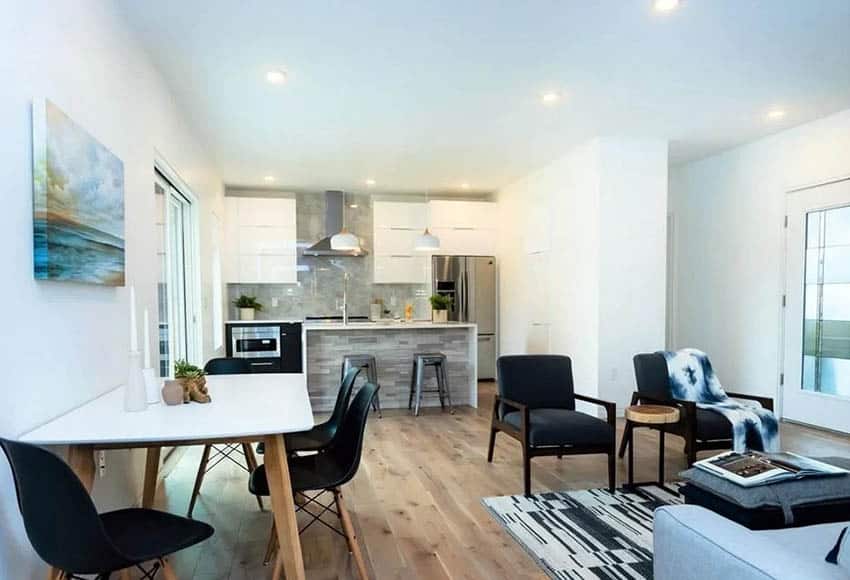
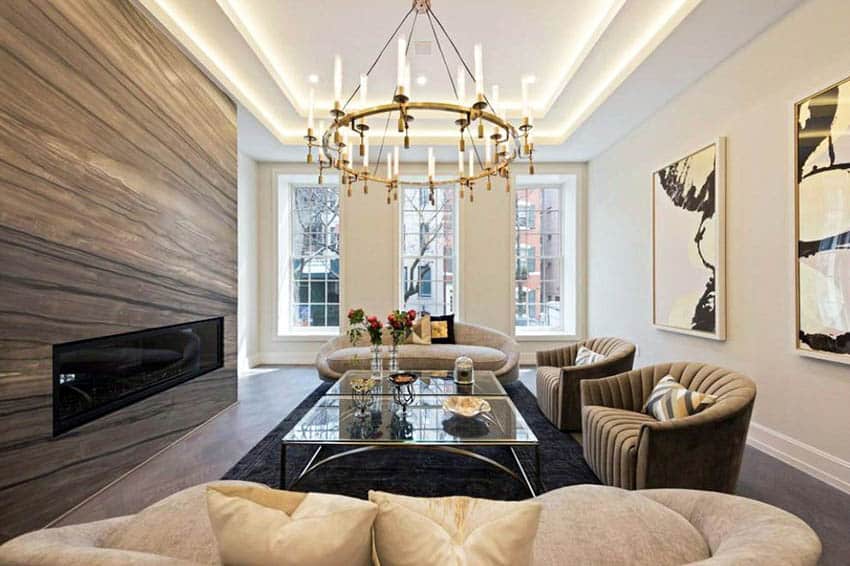
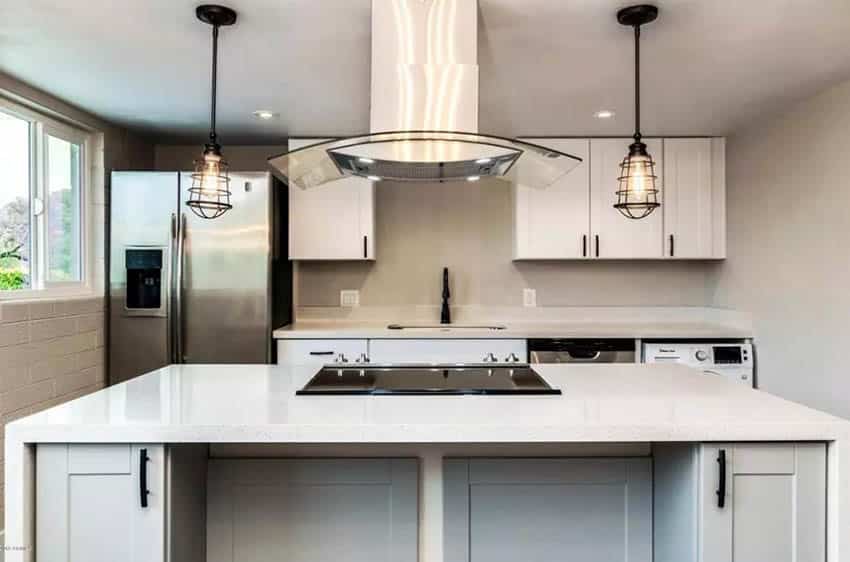
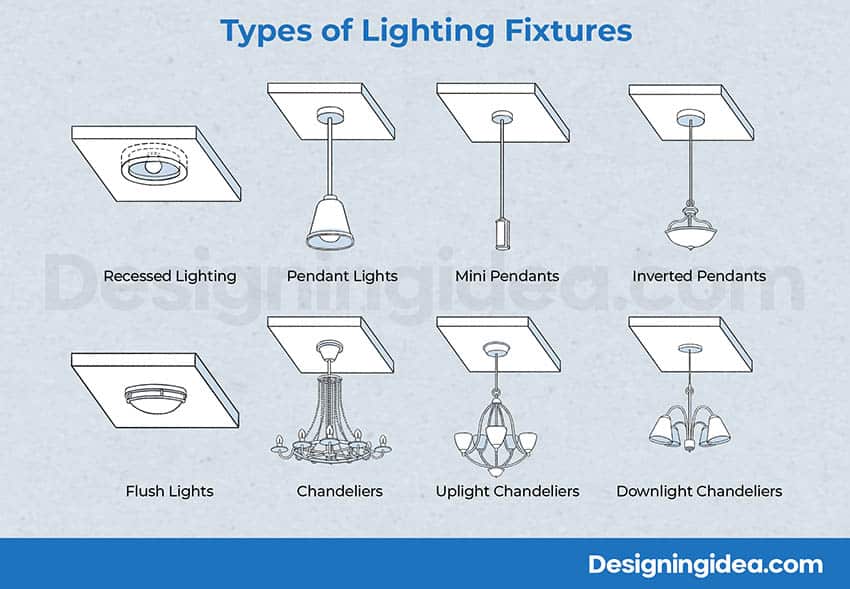

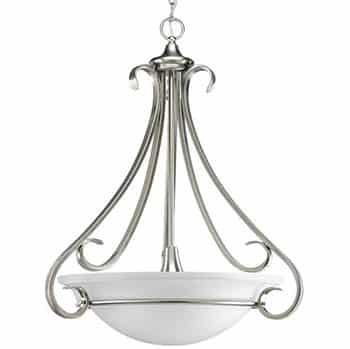
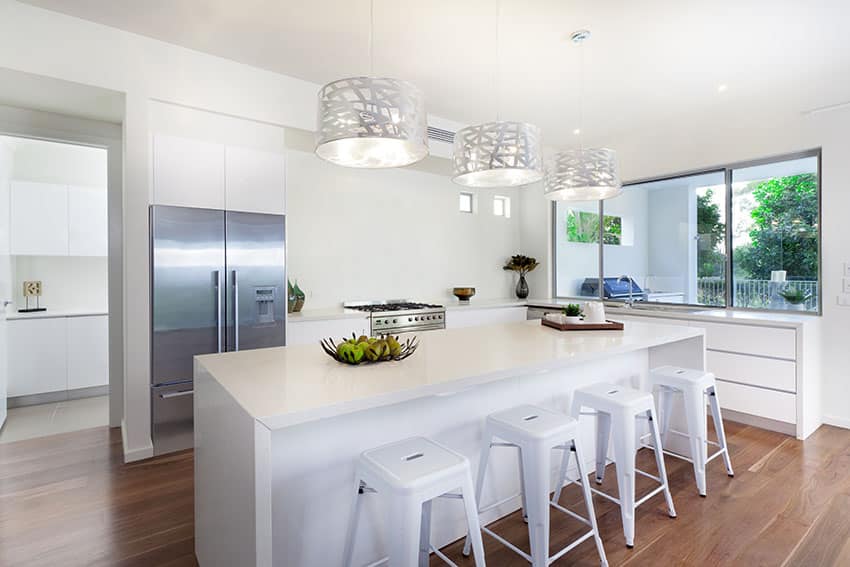
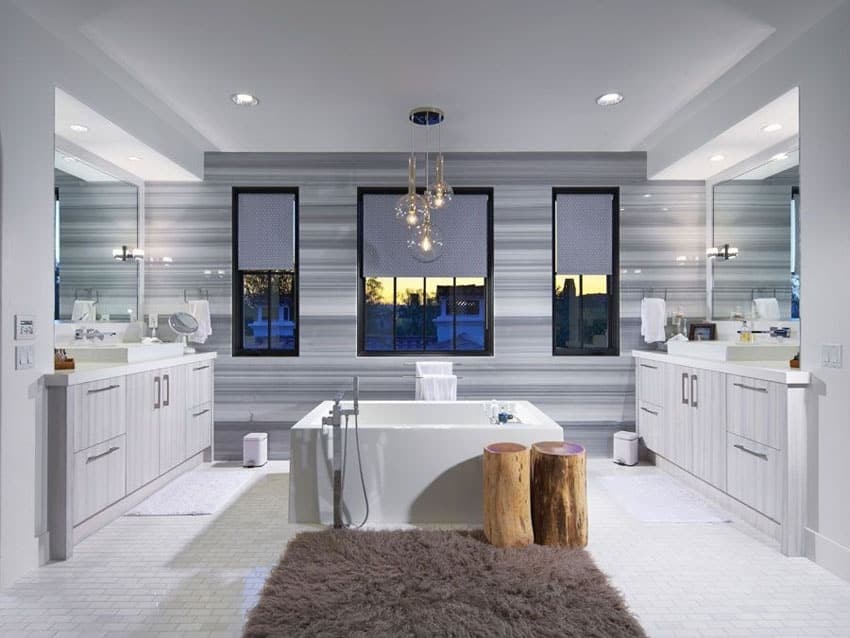
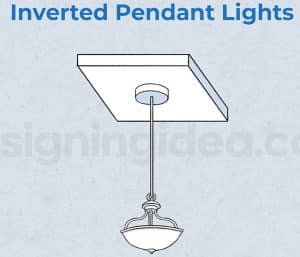 Inverted Pendant Lights
Inverted Pendant Lights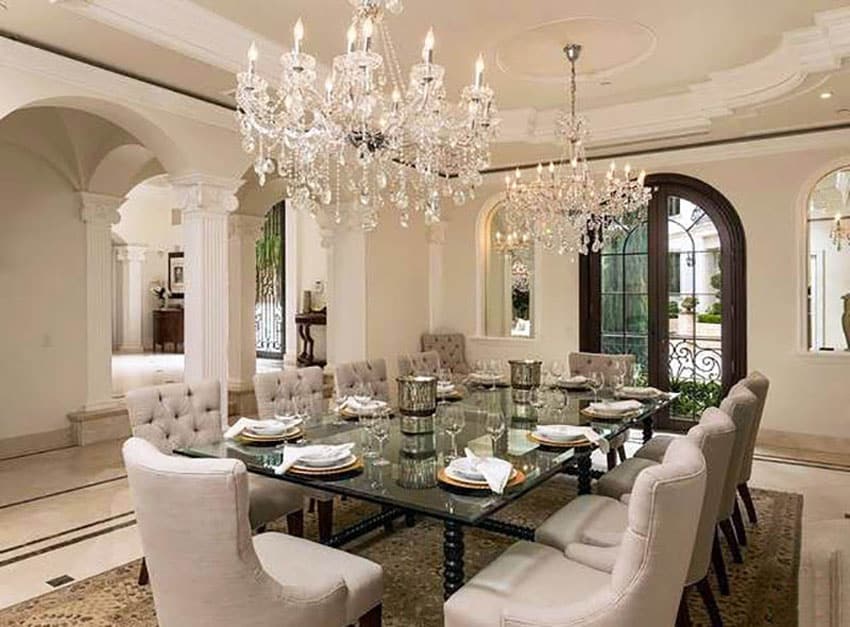
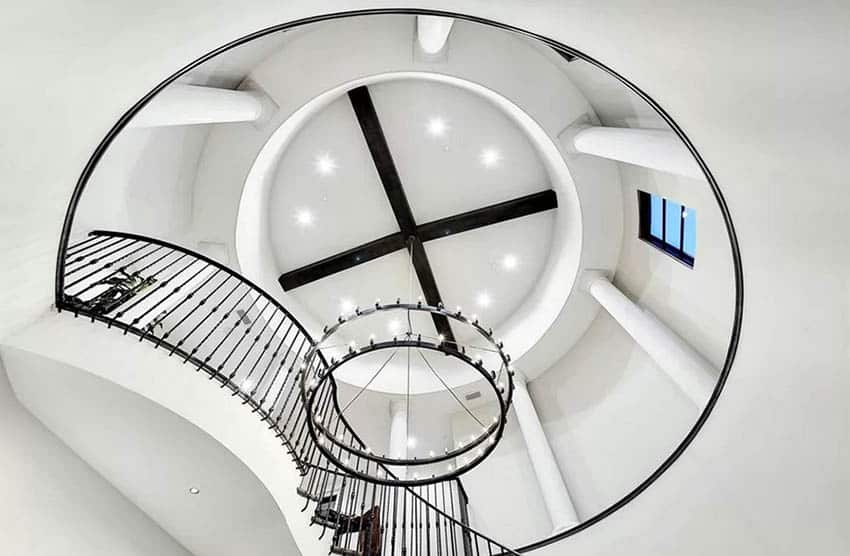
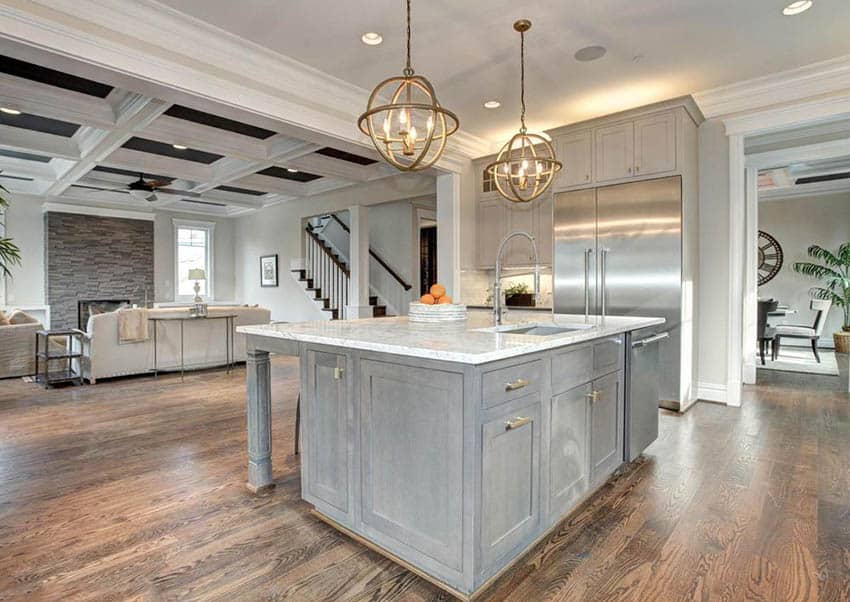
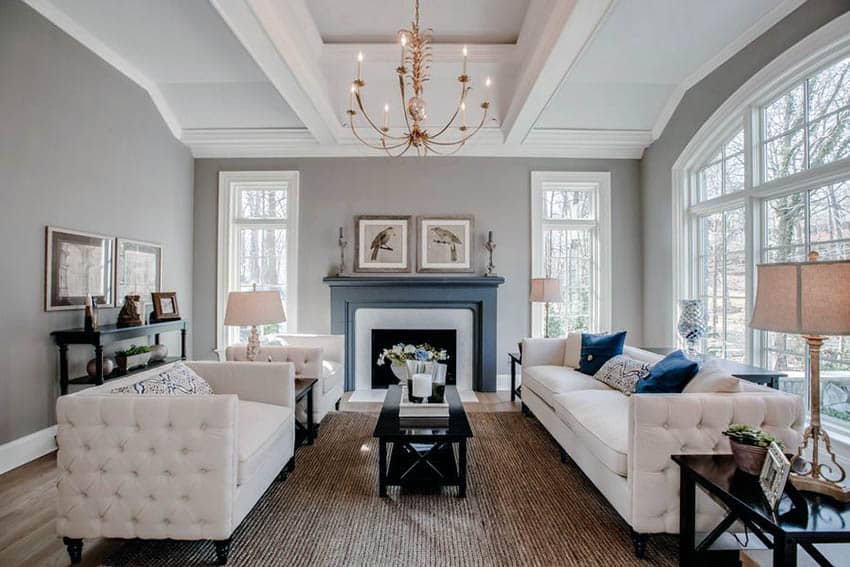

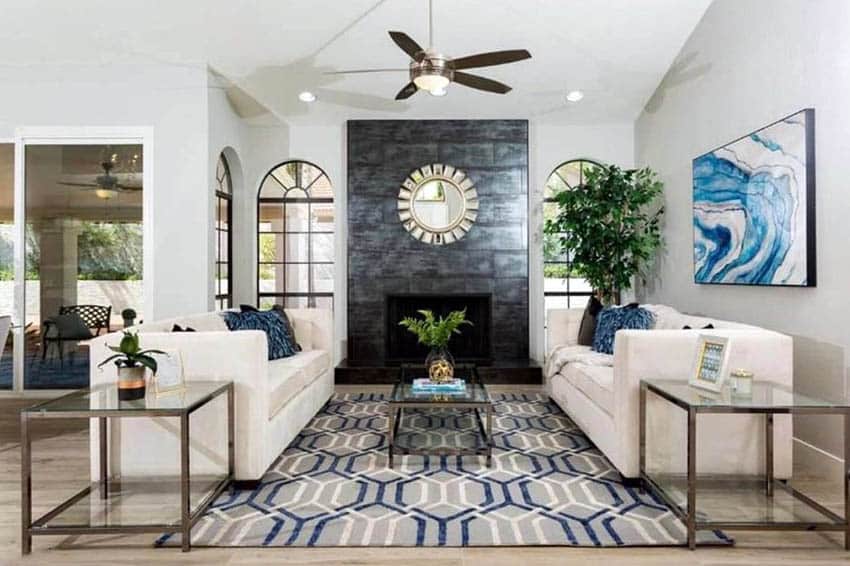
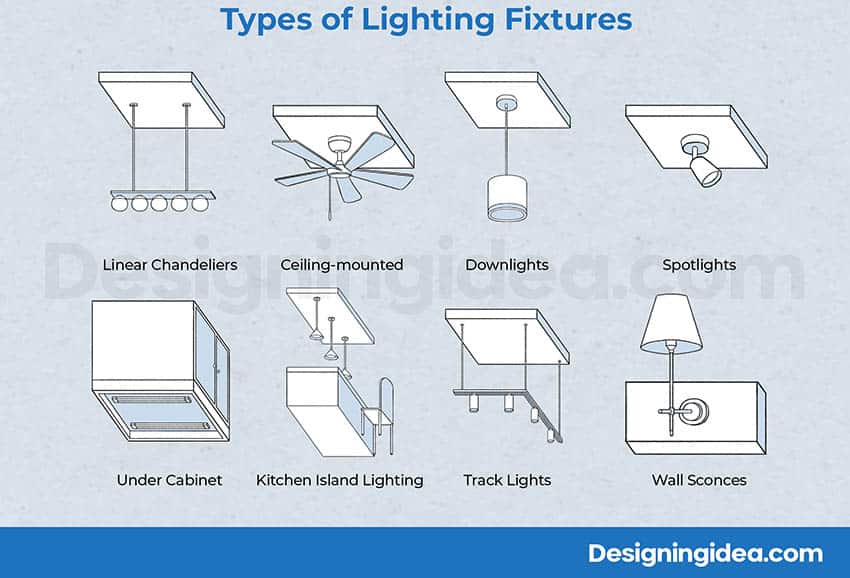
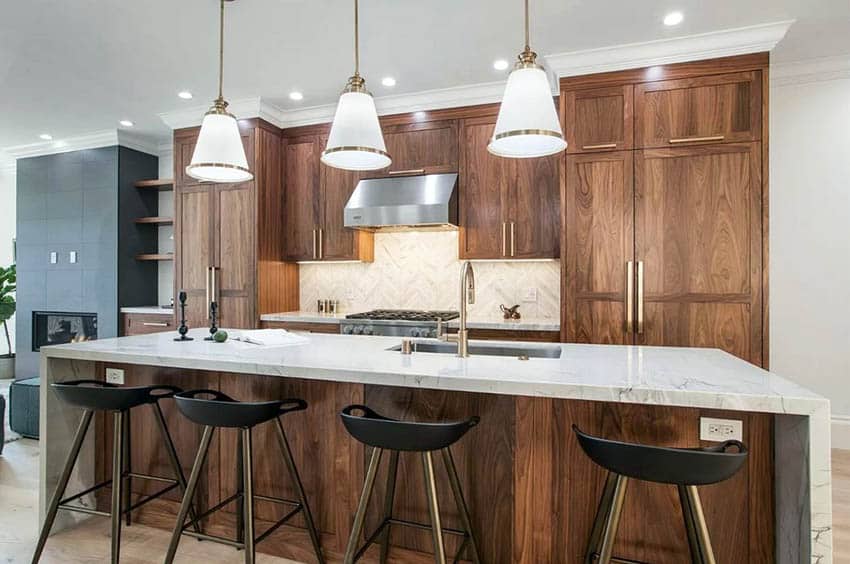
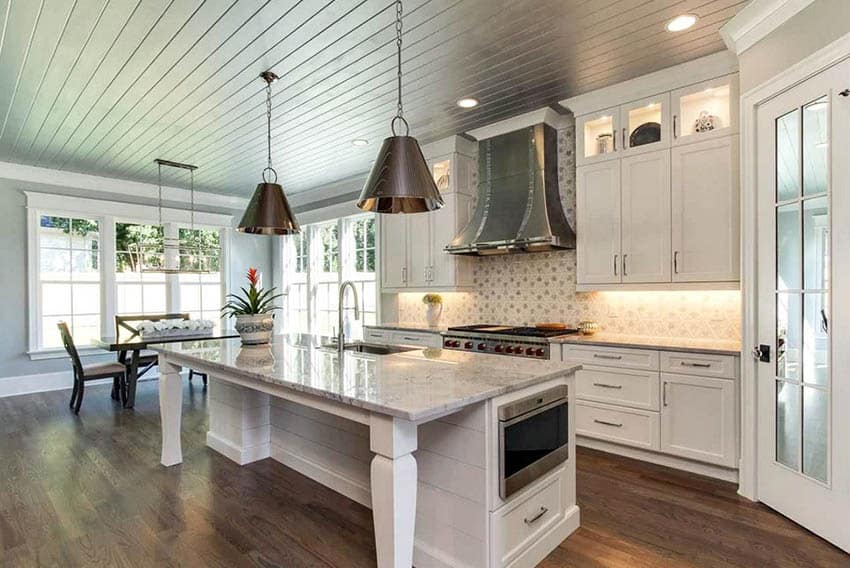
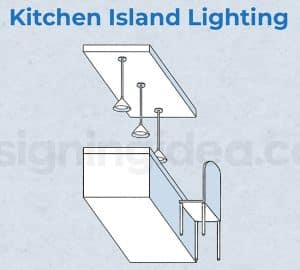 Kitchen Island Lighting
Kitchen Island Lighting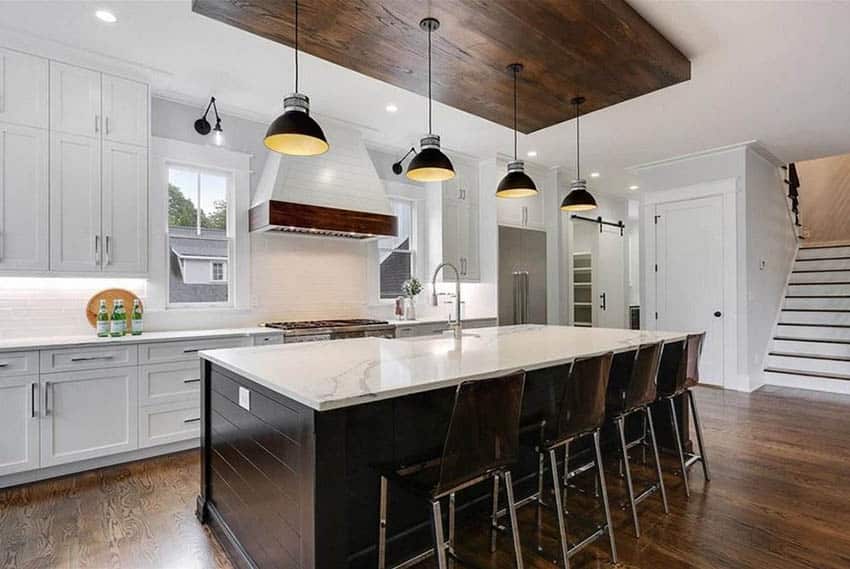
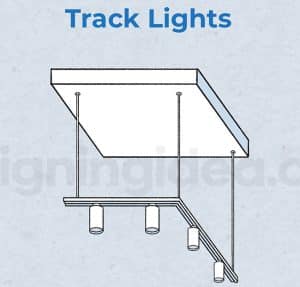 Track Lights
Track Lights
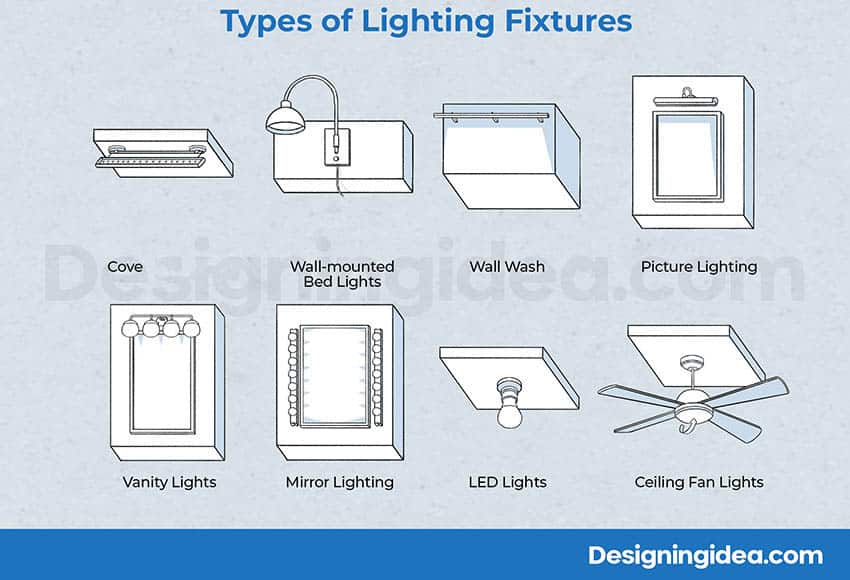
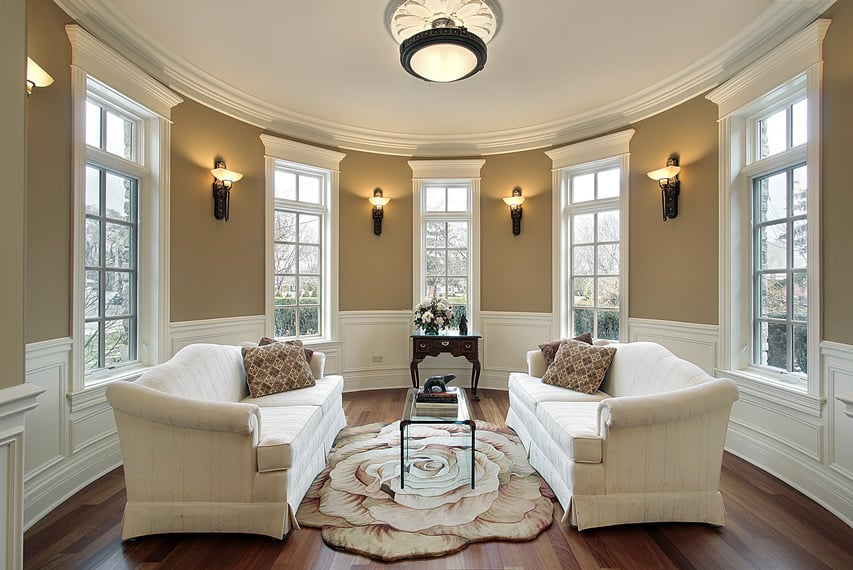
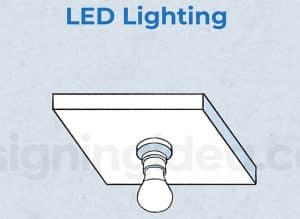 LED Lighting
LED Lighting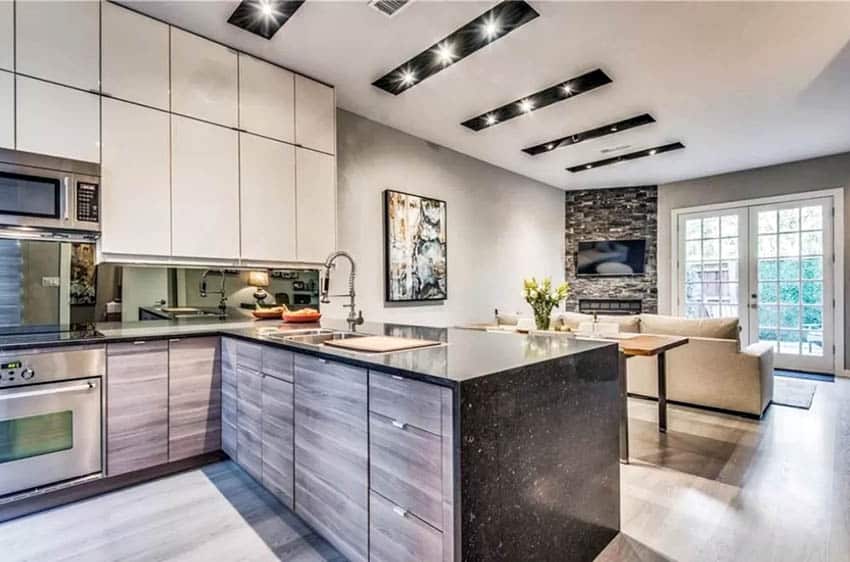
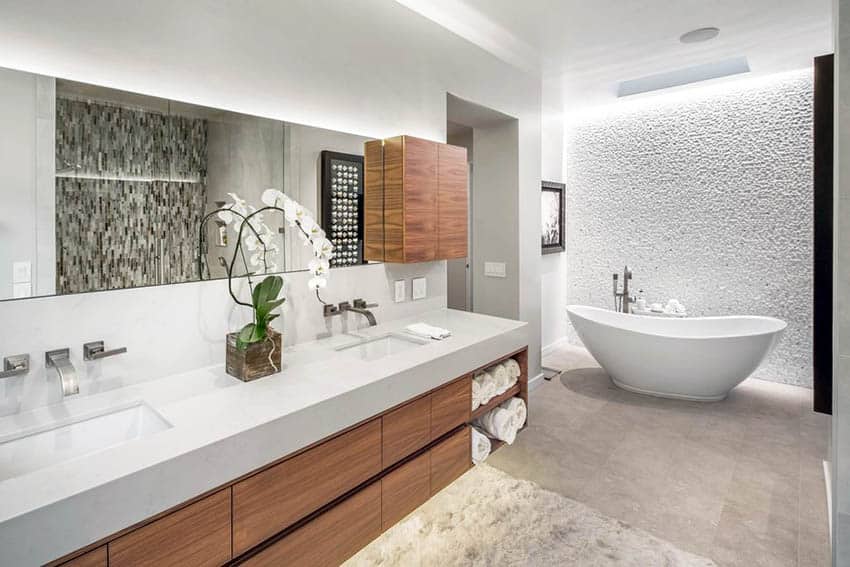
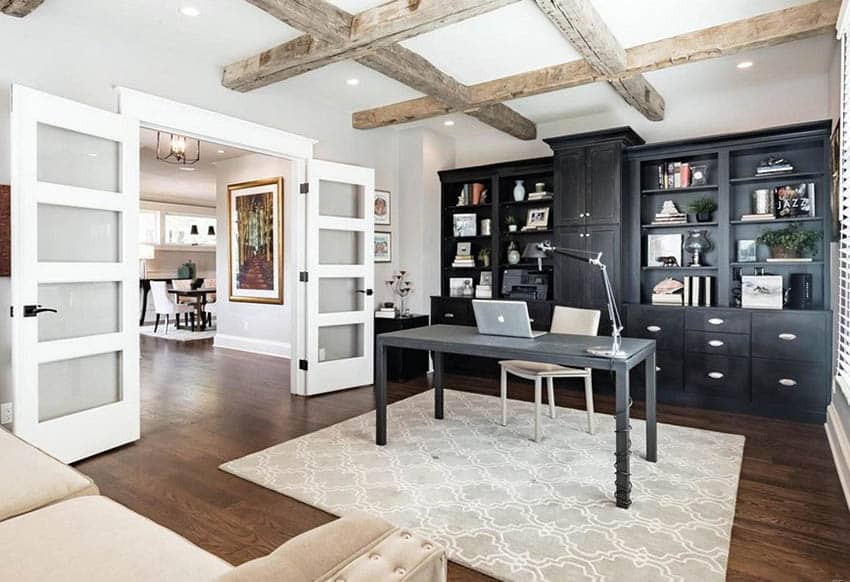
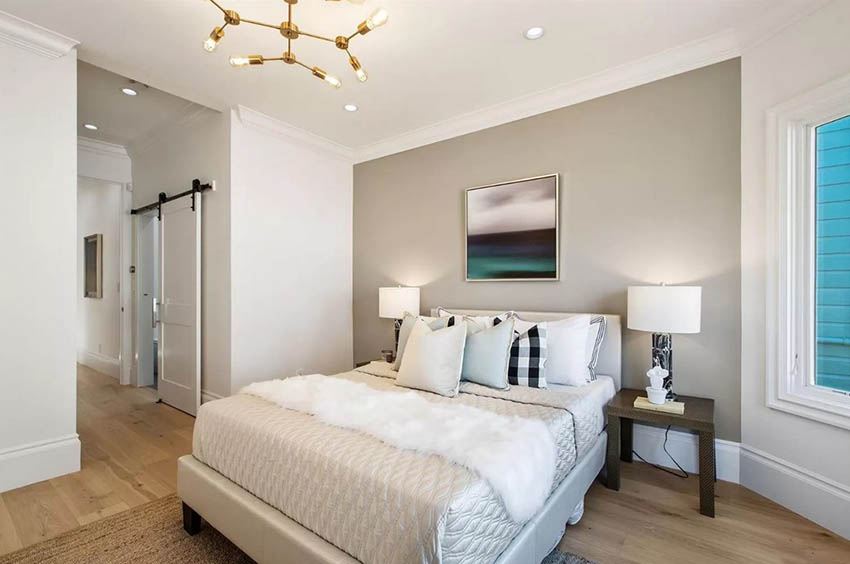
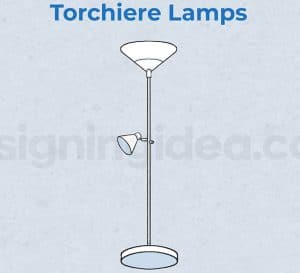
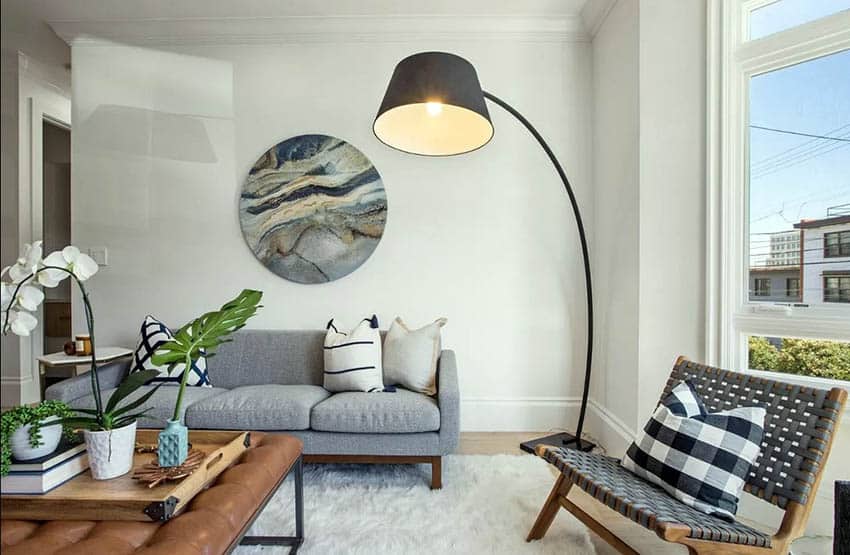
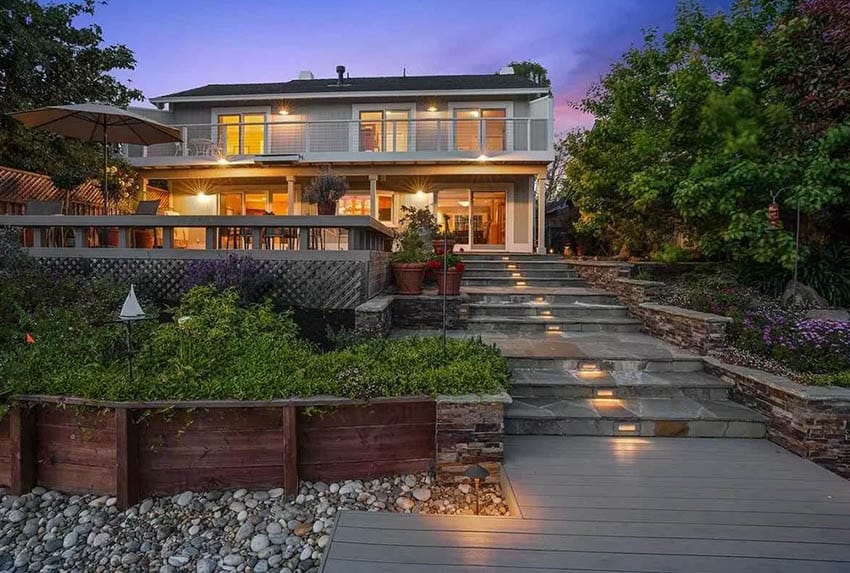
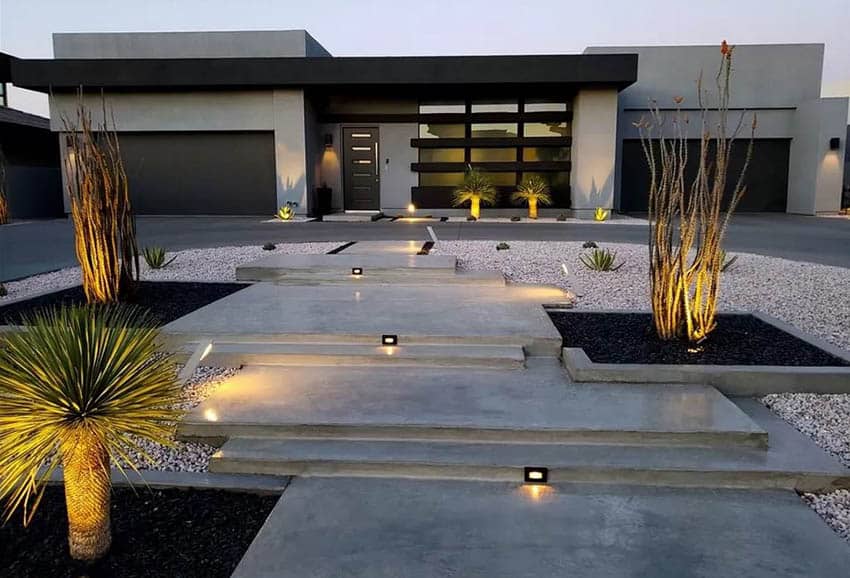
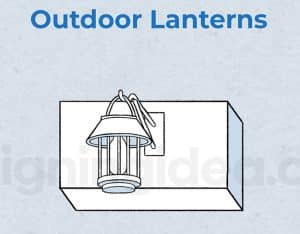 Outdoor Lanterns
Outdoor Lanterns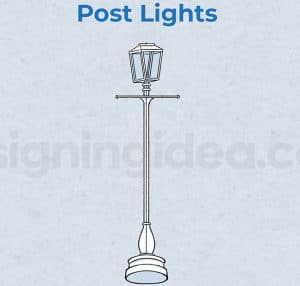 Post Lights
Post Lights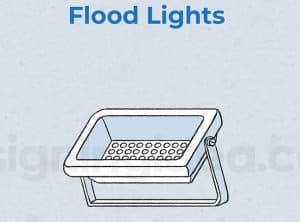 Flood Lights
Flood Lights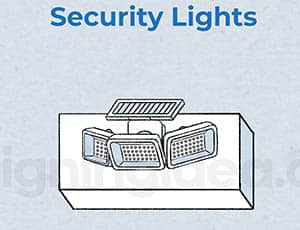 Security Lights
Security Lights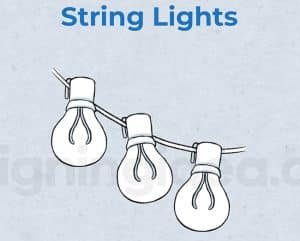 String Lights
String Lights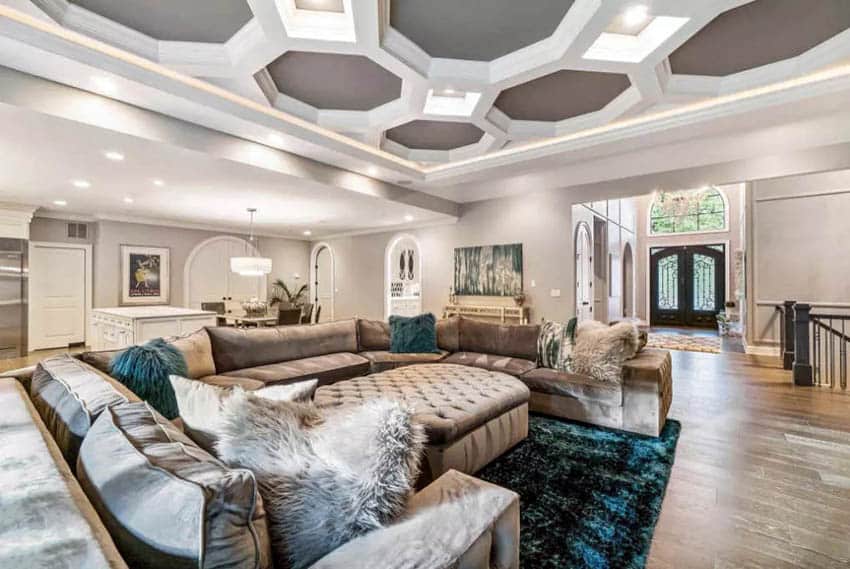
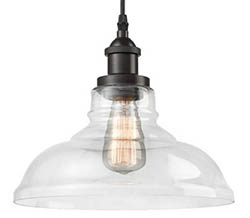 Glass Lighting
Glass Lighting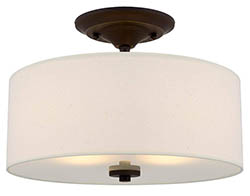 Fabric Fixtures
Fabric Fixtures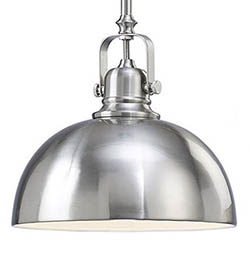 Metal
Metal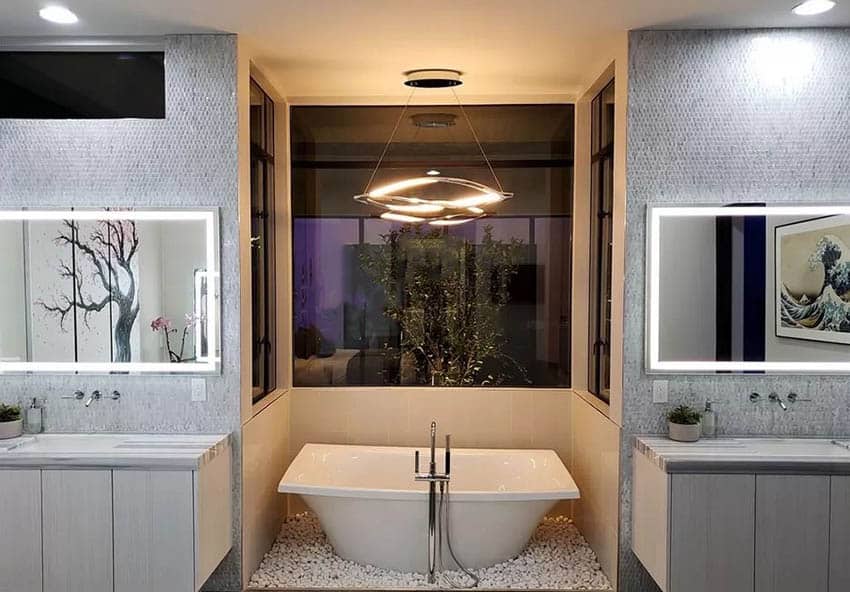 Dimmers
Dimmers


